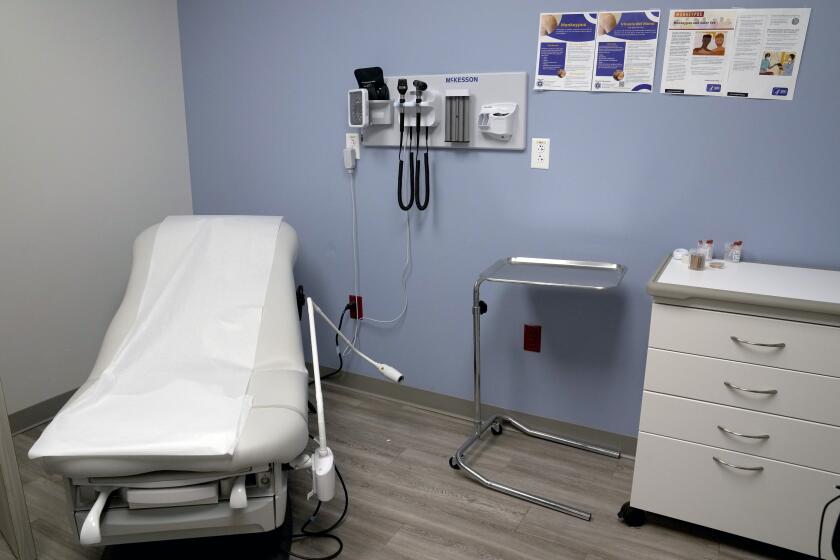Outskirts may have preceded early city
Excavations at a 6,000-year-old archeological mound in northeastern Syria called Tell Brak are providing an alternative explanation for how the first cities may have grown.
Archeologists have thought cities generally began in a single small area and grew outward -- but evidence indicates that the urban area at Tell Brak was a ring of small villages that grew inward to become a city.
The finds, reported Friday in the journal Science, provide insight into political development in the region.
“Urbanism does not appear to have originated with a single, powerful ruler or political entity,” said archeologist Jason Ur of Harvard University, who led the research. “Instead, it was the organic outgrowth of many groups coming together.”
The city, whose name is unknown, was in the ancient empire of Mesopotamia, which encompassed what is now southern Iraq and northern Syria. The city of Uruk in southern Iraq was thought to have been the oldest city in the world, but discoveries at Tell Brak suggest that it may have developed at the same time.
Legend holds that the great leader Gilgamesh built Uruk. That story has long served as a model for the development of early cities.
Studying bits of pottery, bones and other artifacts at Tell Brak, Ur and his colleagues concluded that sometime about 4200 BC to 3900 BC, people lived in six clusters, each 5 to 10 acres, scattered around what became the central mound.
Ur speculated that the founders, perhaps immigrants, warily kept their distance from their neighbors -- but that trepidation eased and the population grew denser and expanded inward, until by 3400 BC, Tell Brak was a full-fledged urban center of about 325 acres.
The finds, the researchers wrote, suggest that the study of early urban areas “must accommodate multiple models for the origins of cities.”
More to Read
Start your day right
Sign up for Essential California for news, features and recommendations from the L.A. Times and beyond in your inbox six days a week.
You may occasionally receive promotional content from the Los Angeles Times.





